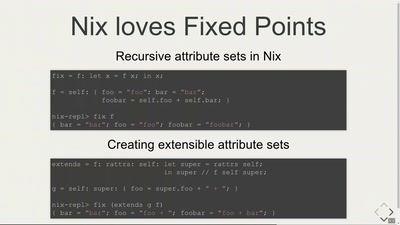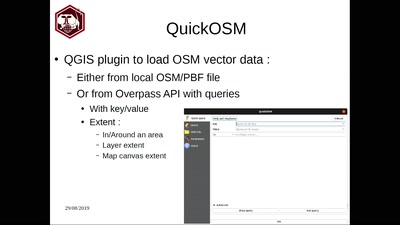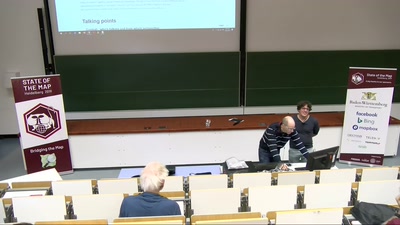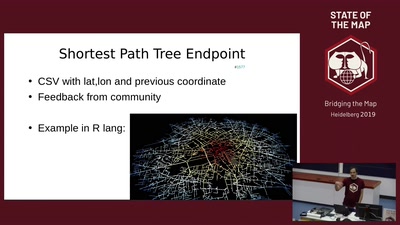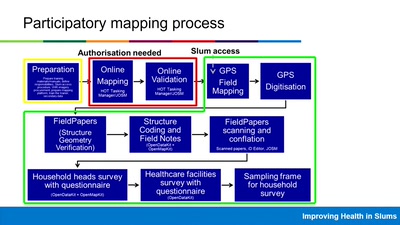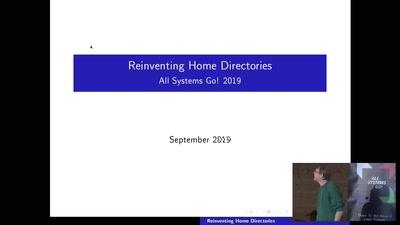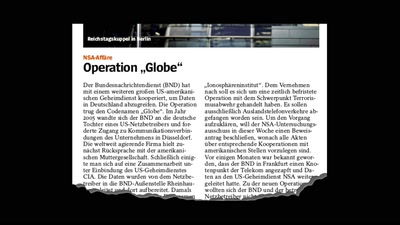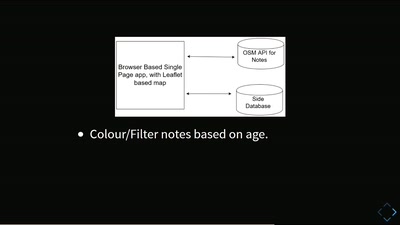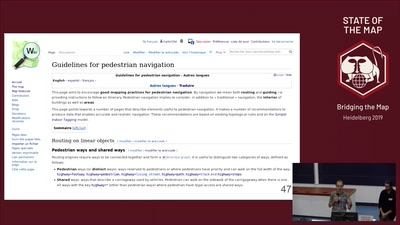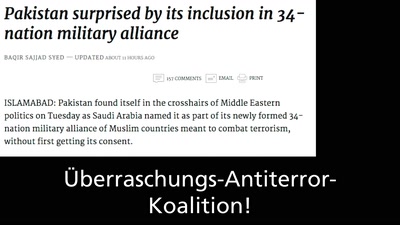Routing for humans
The OpenStreetMap provides probably the most comprehensive digital path network for pedestrians, which had been largely unused in its actual depth of detail so far. Based on findings from the TERRAIN project, this talk will go into detail how this network can be used for roadside-aware pedestrian navigation efficiently, and what challenges and mappings problems occurred. Furthermore, specific needs of various person groups will also have to be considered facing variable data quality.
People primarily move on sidewalks, but this is hardly taken into account in generally available routing solutions. The OpenStreetMap provides probably the most comprehensive digital path network for pedestrians, which had been largely unused in its actual depth of detail so far. Through an efficient and transparent topological extension of the path network, more accurate routes for pedestrians and other means of transportation can now be determined, revealing hitherto unnoticed mapping problems and an undesirable previous focus on automotive mobility.
As part of the TERRAIN project, an exemplary publicly available navigation system for blind persons was developed that demonstrates the special challenges of human locomotion based on the OpenStreetMap. Challenges and robust solutions concerning data quality, micro-mapping and transition areas, regional OSM semantics versus mapper interpretations, and path bundling are presented.
A large part of the footpaths in the OpenStreetMap are listed in the form of annotations as sidewalks. This well-proven procedure enables a low-maintenance, robust and high coverage of the footpath network. However, a presentation with many paths inevitably leads to contradictions due to path bundling, which requires a more elaborate micro mapping, which is often not noticed by mappers up to now, and can now be shown clearly. But also regional micro mapping can lead to unexpected complications in addition to the increased effort, since a multitude of connection problems can occur which have to be considered.
In addition, there are a large number of requirement profiles for children, adults, the disabled or the elderly who travel on foot, in wheelchairs or on scooters. A deeper examination of the map data enables a finer specialisation in different areas of application, which also uncovers and challenges previously unused data treasures and requires special handling in the software.

